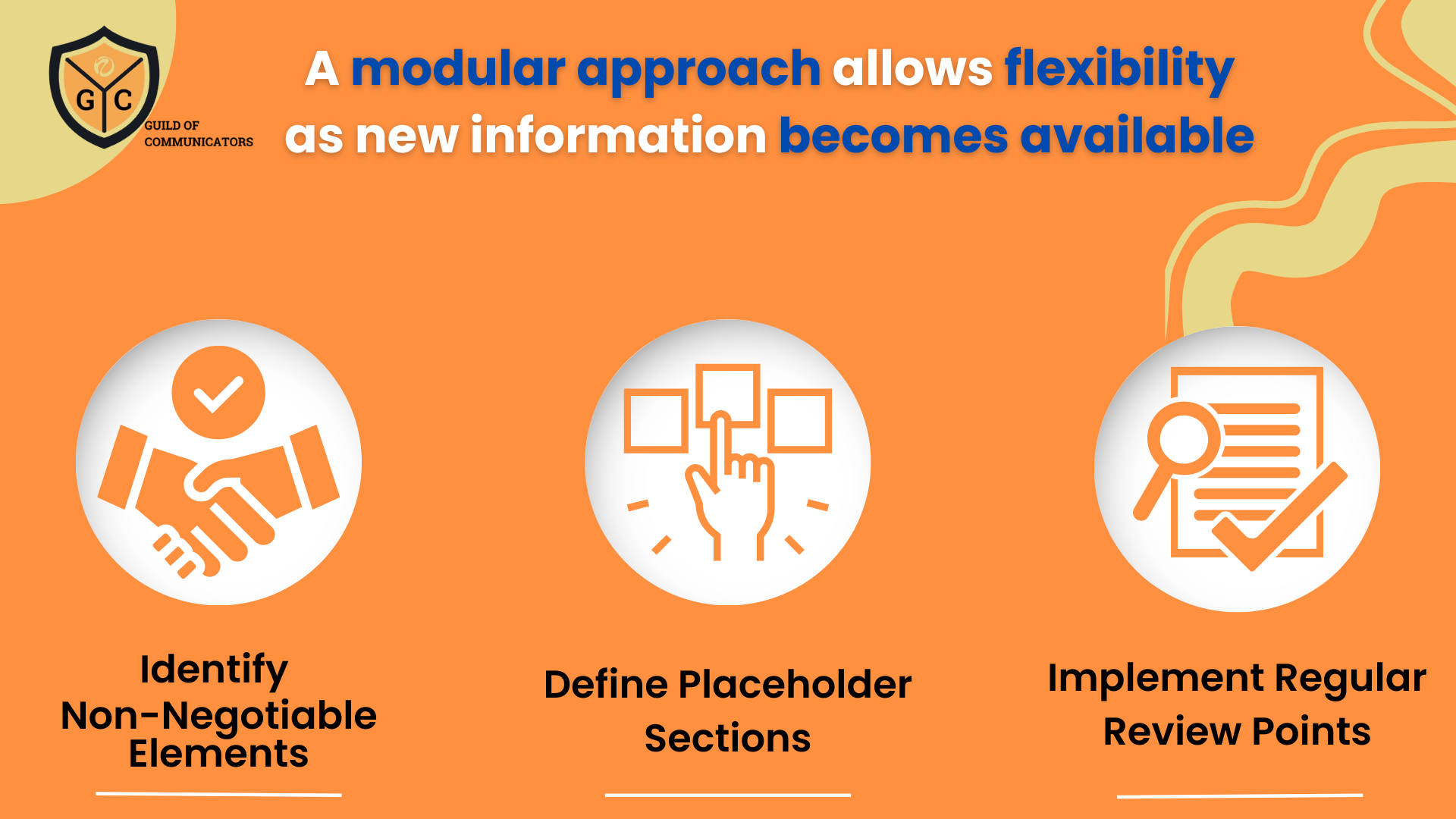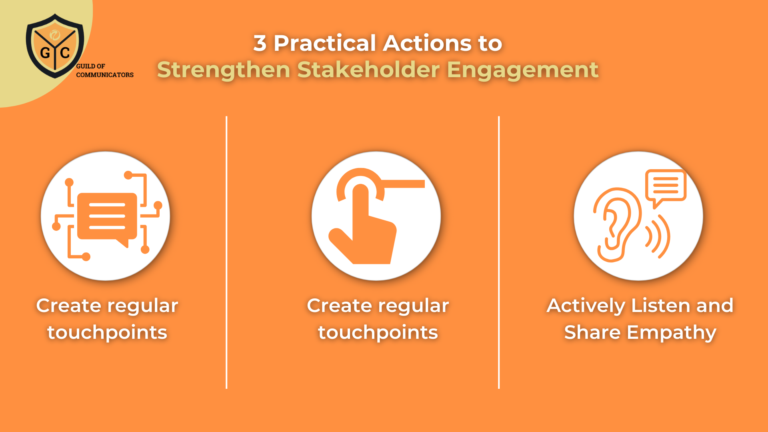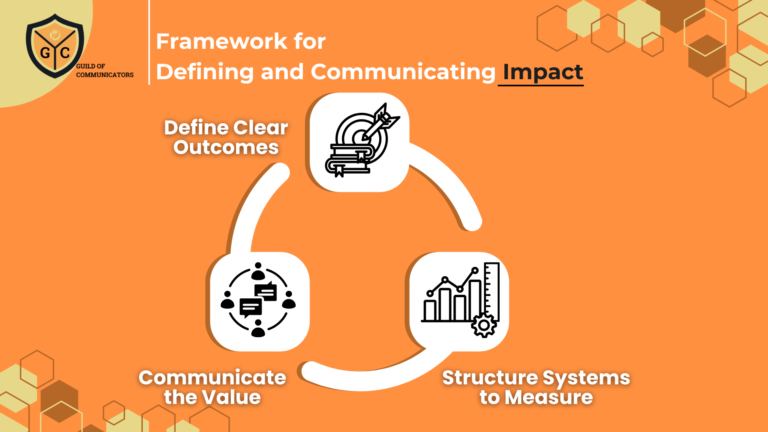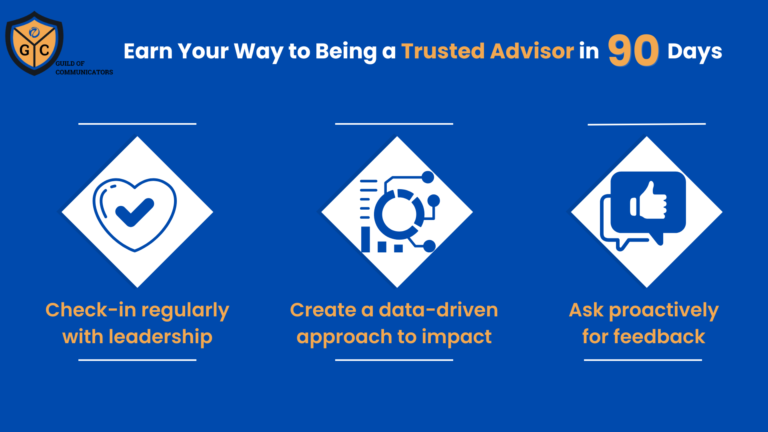Communicators are often required to build programme and campaign plans well in advance. However, they rarely have all the necessary information at the outset. This is due to a mix of short-termism by management, shifting priorities, and an organisational tendency to focus on immediate tasks rather than long-term strategy.
Despite these challenges, communicators must still develop structured and actionable plans that align with business goals.
A key issue is the assumption that missing details can be easily inserted later without affecting the plan’s overall structure. In reality, project plans are interconnected, and critical gaps in information can lead to misalignment, inefficiencies, and unexpected roadblocks.
The Flawed Assumption That Plans Can Adjust Seamlessly
A common misconception is that project plans are rigid frameworks where missing details can be slotted in without consequence. This assumption overlooks the fact that goals, strategies, and execution methods are interdependent. When a critical input is introduced later, it can fundamentally alter the plan’s direction, requiring additional time, resources, and adjustments.
For example, if a campaign is planned without clear business objectives or stakeholder insights, the later inclusion of these elements might force a restructuring of messaging, target audience considerations, or even delivery timelines. This creates inefficiencies and additional work for teams that may already be operating under tight deadlines.
Without recognising this issue early, communicators risk putting together plans that seem complete but are actually built on uncertain foundations. This can lead to misalignment between teams, unrealistic expectations from management, and ultimately, compromised outcomes.

The Chain Reaction of Poorly Informed Planning
Critical planning inputs such as stakeholder objectives, measurement frameworks, and strategic alignment are not optional components; they are essential for success. Without these, the plan is built on assumptions rather than informed decisions.
One significant issue is that when a project struggles due to a lack of initial input, management often attributes the failure to poor execution rather than recognising the impact of missing strategic information. This creates a recurring cycle where communicators are expected to refine tactics without addressing the root cause of the issue.
Moreover, missing inputs can lead to stakeholder misalignment. If key decision-makers were not consulted during the planning phase, they may introduce conflicting priorities later, leading to project delays, rework, and a loss of momentum.
How the Right Inputs Strengthen Plan and Project Execution
A well-structured project plan is more than a timeline and task list; it is a roadmap that guides execution. Strategic inputs help shape direction, clarify success metrics, and ensure alignment with broader organisational goals.
By securing critical details early—such as campaign objectives, audience insights, and available resources—communicators can build plans that are realistic and achievable. These inputs allow for more accurate forecasting of outcomes and enable teams to allocate resources effectively.
Additionally, a plan that integrates stakeholder perspectives from the start is more likely to gain support and buy-in, reducing the likelihood of last-minute changes that could disrupt execution.
Managing Stakeholders Who Delay Critical Input
Some stakeholders may not see the need to be involved in early planning stages, assuming that decisions can be adjusted later. This can lead to misalignment and inefficiencies when their input finally arrives.
To address this, communicators should proactively involve stakeholders by demonstrating how their early contributions improve project outcomes. Framing the discussion around business impact—rather than process—can help shift their perspective.
Additionally, setting clear expectations about decision timelines and dependencies can encourage more timely participation. Providing structured briefing documents and summarising key decisions in writing can also ensure alignment and accountability.
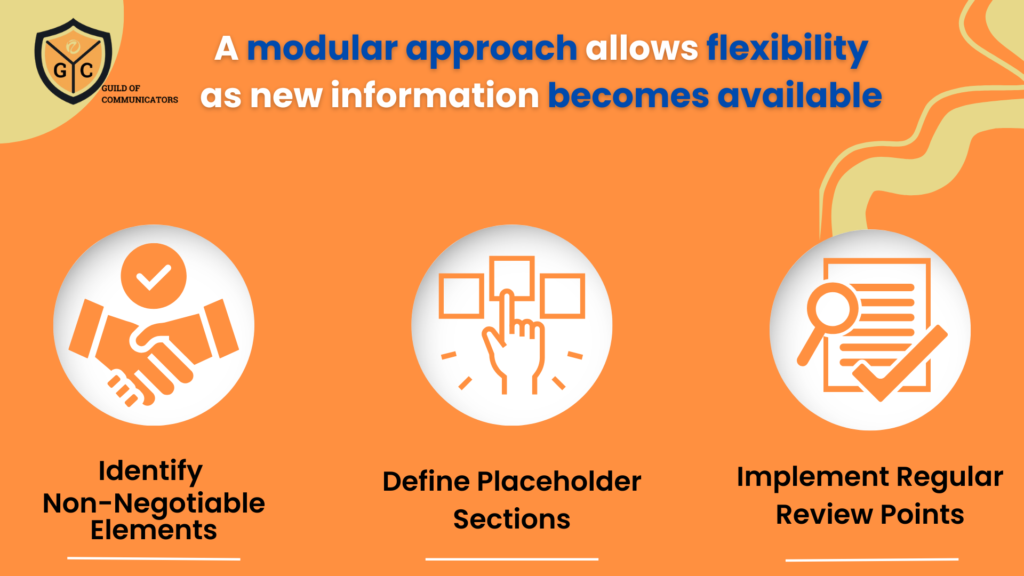
Making The Best Of What You Have
A modular approach to project planning allows communicators to create a flexible framework that can adapt as new information becomes available. By structuring the plan in a way that accommodates future updates, teams can maintain agility while ensuring alignment with strategic goals.
To achieve this, consider the following key steps:
Identify Non-Negotiable Elements – Determine the essential components that must be established from the outset. These typically include overarching objectives, key deliverables, and primary success metrics. By locking in these elements early, the plan retains strategic direction even as other details evolve.
Define Placeholder Sections – Create dedicated sections within the plan for information that is likely to be updated later. This approach ensures that missing details do not disrupt the overall structure and allows teams to integrate new information seamlessly when it becomes available.
Implement Regular Review Points – Establish a process for reviewing and refining the plan at key intervals. By scheduling periodic check-ins, teams can incorporate new insights, reassess priorities, and make necessary adjustments without derailing execution.
Taking a structured approach to project planning ensures that teams can work efficiently even when faced with uncertainty. By building a framework that accommodates evolving information, communicators can navigate challenges more effectively and maintain alignment with organisational goals.
The reality is such; communicators will never have all the information they need to create a perfect project plan from the outset. However, by recognising the impact of missing details, engaging stakeholders effectively, and structuring plans in a modular way, they can maintain flexibility while ensuring strategic alignment.
Investing time in building a well-structured, adaptable plan allows teams to navigate uncertainty with confidence, ultimately leading to stronger execution and better outcomes.
*****
Join the Guild of Communicators at www.gocommunicators.com.
The Guild of Communicators (Go Communicators) stands as the preferred community for communicators seeking to elevate their craft. Through our Academy of Excellence, we provide best-in-class frameworks, fit-for-purpose resources, and opportunities that support members in achieving professional excellence.
We provide the following resources, tools and opportunities to members:
- Best-in-Class Resources: We provide our members with access to frameworks, playbooks and tools that empower them to achieve and maintain professional excellence.
- Continuous Learning and Growth: Through our comprehensive training programmes, workshops, delivered digitally, 24/7 and in-person, we support the ongoing professional development of communicators.
- A Supportive Network: GOC fosters a vibrant community where communicators can connect, collaborate, and support each other, creating a network that champions mutual growth and success.
- Shared Knowledge and Expertise: Our members benefit from the collective wisdom and experience of a diverse group of communication professionals, enhancing their skills and perspectives.
Go Communicators is dedicated to amplifying the impact and value that communicators bring to their organisations, highlighting their crucial role in driving success and growth.
We equip our members with the strategies and tools needed to become influential leaders and business partners within their organisations, enhancing their ability to drive positive change and outcomes.
Through our support and resources, communicators can demonstrate clear, measurable outcomes that showcase their value and impact, reinforcing their importance to their organisations.
Join the Guild of Communicators at www.gocommunicators.com
Subscribe to join over 1500+ communicators and brands getting value every Tuesday while reading A Communicator’s Perspective, our weekly newsletter.

